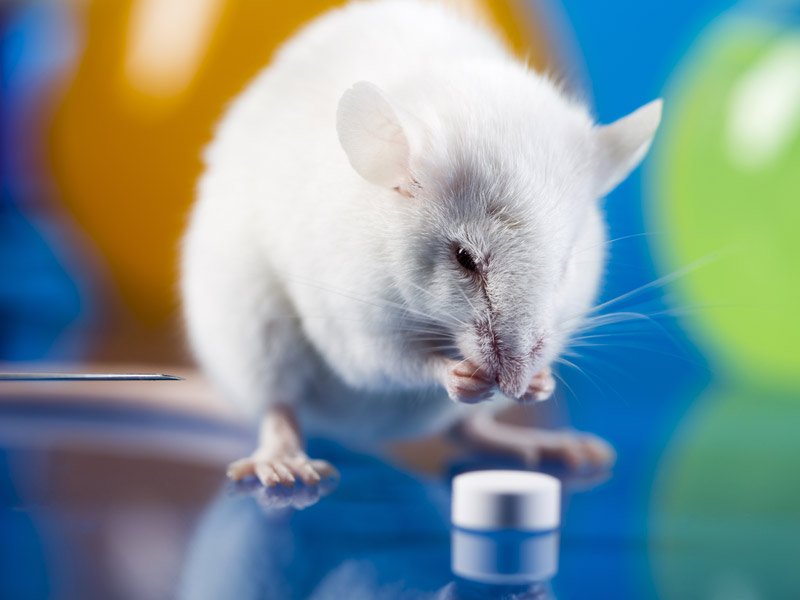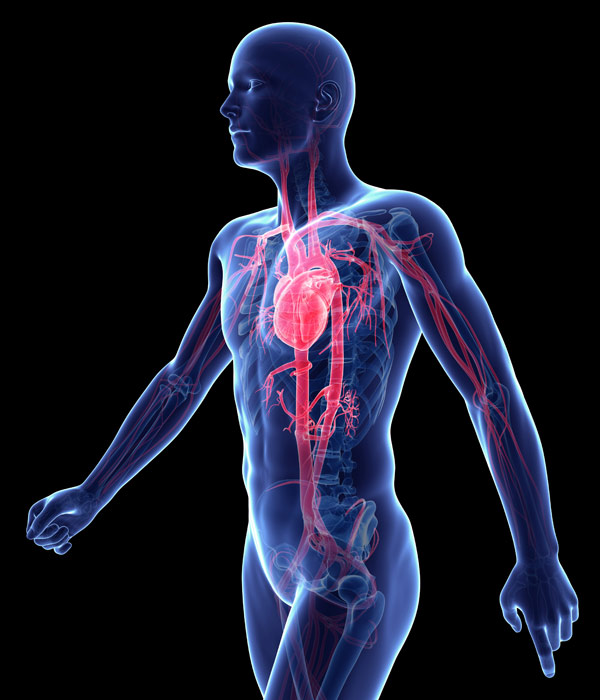
28th March 2018 Vascular aging reversed in mice Scientists have treated old mice with a compound that successfully reversed vascular aging, stimulated blood vessel growth and blood flow, and boosted exercise capacity. Human trials are already underway.
Research published in the journal Cell has identified the key cellular mechanisms behind vascular aging and its effects on muscle health and has successfully reversed the process in animals. The findings pinpoint a glitch in the normal "crosstalk" that occurs between muscles and blood vessels and which keeps both tissues healthy. Using synthetic precursors of two molecules naturally present in the body, the scientists also managed to reverse blood vessel demise and muscle atrophy in aging mice, boosting their exercise endurance. This breakthrough, the team says, paves the way to identifying related therapies for humans. "We've discovered a way to reverse vascular aging by boosting the presence of naturally occurring molecules in the body that augment the physiological response to exercise," said senior author Prof. David Sinclair, from the Department of Genetics at Harvard Medical School. "The approach stimulates blood vessel growth and boosts stamina and endurance in mice and sets the stage for therapies in humans to address the spectrum of diseases that arise from vascular aging." The researchers caution that promising treatments in mice don't necessarily have the same effect in humans due to critical differences in biology. However, the results of these particular experiments were dramatic enough to prompt the research team to pursue experiments in humans. Clinical trials for safety are already underway, Sinclair said. Interactions between blood vessels and muscles depend on a molecule known as NAD+ and a protein called SIRT1. The latter is boosted by the former – promoting the growth of proteins. However, both NAD+ and SIRT1 decline over time, which contributes to the aging process.
In the study by Prof. Sinclair and his team, mice aged 20 months – the equivalent of 70 in human years – were treated with nicotinamide mononucleotide (NMN). This chemical compound, which is found naturally in the body, boosted the NAD+ levels in the animals, which in turn boosted SIRT1. The treatment restored their blood capillaries to a state resembling those seen in younger mice. Blood flow to the muscles increased and was significantly higher than blood supply to the muscles seen in same-age mice that didn't receive NMN. The most striking effect was observed in the aging mice's ability to exercise. These animals showed up to 80% greater endurance, compared with untreated mice. To see if the effects of NMN could be further augmented, a second compound was added: sodium hydrosulphide (NaHS). A group of 32-month-old mice – equivalent to 90 in human years – received the combo treatment for four weeks. They were able to run, on average, twice as long as untreated mice. "These were really old mice, so our finding that the combo treatment doubles their running capacity is nothing short of intriguing," said James Mitchell, associate professor of genetics and complex diseases. "This observation underscores the notion that age plays a critical role in the crosstalk between blood vessels and muscles and points to a loss of NAD+ and SIRT1 as the reason behind loss of exercise effectiveness after middle age," said co-author Abhirup Das, who conducted the work as a post-doctoral fellow and is currently a visiting scholar in genetics at Harvard Medical School. The researchers say their findings could pave the way to therapeutic advances that hold promise for the millions of older people for whom regular physical activity is not an option.
Comments »
If you enjoyed this article, please consider sharing it:
|








